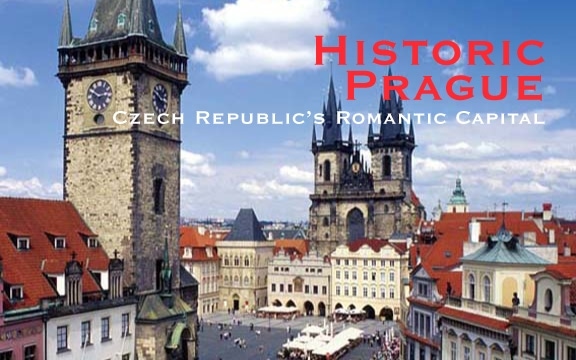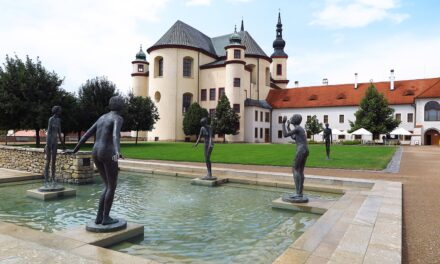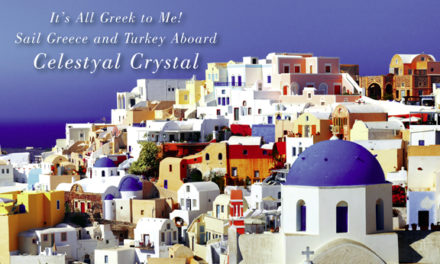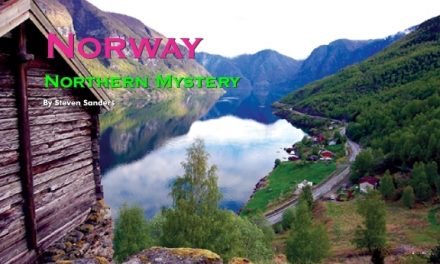Historic Prague
Czech Republic’s Romantic Medieval Capital
Published in the May-June, 2004 Issue of Canadian World Traveller
Text and Photos Courtesy of Czech Tourist Authority www.czechtourism.com
The historic city of Prague lies on both banks of the Vltava River. Like medieval Rome, the city was built on five hills and, aside from Rome, Prague is also the only European capital city to have remained the undisputed seat of power of its state for the past eleven hundred years.
The evidence of this can be found in St. Vitus Cathedral located in the Prague Castle, where the tombs of the Czech lords of Bohemia, Monravia and Silesia lie, and in Prague’s many other well-preserved historic places of interest.
A Legendary City
Today, the city is enveloped in the magic of its glorious and tragic past, while embracing its role as a vibrant new participant in the 25-member European Union.
Since the early Middle Ages, Prague has been known as one of the most beautiful cities in the world. In the 14th century, it was a thriving, cosmopolitan city, surpassing all other central European towns in importance. Remarkably, the Vltava River was already spanned by Prague’s imposing Stone Bridge, which is still counted among the city’s greatest architectural treasures.
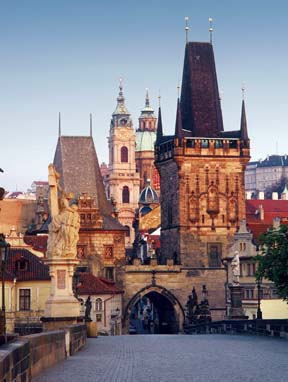 Prague Castle
Prague Castle
For eleven centuries this castle of Bohemian kings has gazed down majestically upon the valley of the Vltava River.
The ground plan of the original castle was laid out on a narrowing headland. The central part of the castle, with its famous Vladislav Hall, has been preserved untouched since the late Gothic period.
Some of its palaces were reconstructed in the seventeenth century. However, the uniform Baroque appearance of the present-day castle comes from the last period of Empress Maria Theresa’s rule.
Old Town
The centerpiece of the Old Town, located on the eastern bank of the Vltava River, is the Old Town Hall, which boasts the famous and much-photographed Prague clock. Across the square, stands the monumental Cathedral of Our Lady of Tyn.
From the Old Town Square, wind numerous narrow streets and alleys full of remarkable sights, including churches, cathedrals, galleries, museums, antique shops and century-old wine and beer cellars.
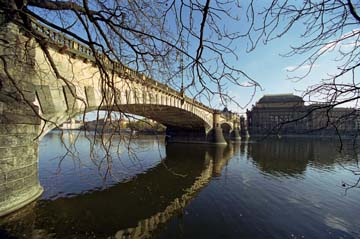 The Charles Bridge
The Charles Bridge
From its earliest days, the ‘Stone Bridge’ was the pride of Prague and indeed, all of Bohemia. It was built by command of Emperor Charles IV, by the famous Peter Parler of Gmund, the architect of St. Vitus Cathedral and other notable Gothic buildings erected in 1357 and onwards.
The construction of the bridge is not only the evidence of his technical mastery, but also his artistic preeminence.
Peter Parler also designed a mighty and beautiful tower at the edge of the Old Town for its defense and embellishment, making it, together with the bridge, the actual entrance, as it were, to Prague Castle. The length of the Charles Bridge, from tower to tower is 660 yards. All of its pillars are decorated with stone statues, the work of the famous 18th-century sculptor Matthias Braun.
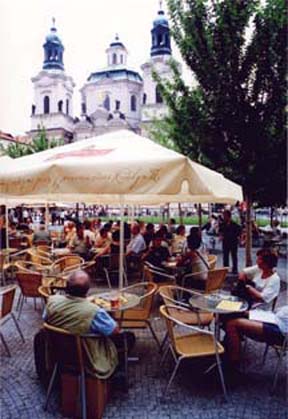
Little Quarter
The Little Quarter and the township of Hradcany, which hugs the western flanks of the Castle, act as an oasis of quiet, enclosed gardens and parks, separating the Castle from the hum and bustle of city life.
This quarter is probably the most romantic in all of Prague, with its beautiful architecture and many green spaces.
Further along the bridge lies Malostranske Namesti (Square), followed by Nerudova Street and the Castle Stairs, which lead to the gates of Prague Castle. From here, all of Prague and its countless beautiful spires lay spread out at your feet.
Jewish Quarter
An important part of the Old Town is the Jewish Quarter, or Prague Ghetto, as it has been called since the 16th century.
It’s origins date back to the 9th century, when it began as a colony of Jewish merchants, who settled permanently in Prague. In the 17th century, it became Central Europe’s Jewish metropolis.
History and Music
Walking through Prague, visitors traverse centuries of history and witness, not only Romanesque, Gothic, Renaissance, Baroque and Art Nouveau styles of architecture, but striking modern ones as well.
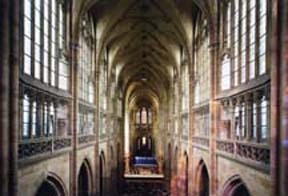 The Mother of All Cities
The Mother of All Cities
Prague is a mystical, magical city, the city of Rudolph II, the city of the music of Mozart and his contemporaries, the city of a hundred spires, and some would say, the mother of all cities.
Part One of Two
This profile of the capital city of Prague will be followed in the coming issue by Part Two: Czech Republic’s World Heritage Sites. UNESCO has named 730 cultural and natural sites around the globe that are to be protected for their outstanding universal value.
The people of the Czech Republic are proud that 11 of these sites are to be found in their country. To see this intriguing sequel from the July-August issue of Canadian World Traveller, click here.
For More Info:
Czech Tourist Authority – Czech Tourism
401 Bay Street, Suite 1510
Toronto, ON M5H 2Y4
Tel.: (416) 363-9928
Fax: (416) 363-0239
E-mail: info-ca@czechtourism.com
www.czechtourism.com
Embassy of the Czech Republic
251 Cooper Street
Ottawa, ON K2P0G2,
Tel.: 613-562-3875
Fax: 613-562-3878
Email: ottawa@embassy.mzv.cz
www.czechembassy.org
CSA Czech Airlines
2020, rue University, Bureau 2210
Montréal, QC H3A 2A5
Tel.: (514) 844-4200
E-mail: ymg@czechairlines.com
www.czechairlines.com

